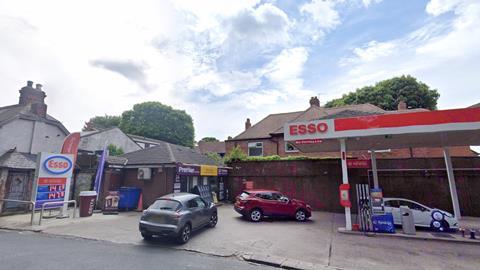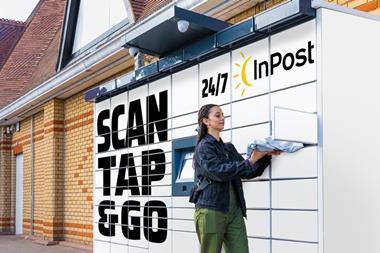
SRJ Energy Ltd has applied to knockdown and rebuild Moor Lane Service Station in South Shields.
The 0.16-acre site comprises Moor Lane Service Station and attached garage, workshop and residential use at 8-12 Moor Lane, South Shields. The site does not currently feature any defined car parking bays. Access to the site is from Moor Lane, with separate entry and exit.
A two-storey building is attached to the rear of the forecourt shop, housing a workshop on the ground floor and storage on the first floor. A single-storey garage building is attached to the eastern side of the workshop.
The application to South Tyneside Council says the use of this site as a petrol filling station (PFS) is already established through the presence of the existing operation and planning history. The workshop units are vacant. “The proposed development will maintain the existing PFS use and enhance the service currently provided by the existing facility. The demolition of the vacant buildings will allow for the PFS forecourt shop to be extended, further enhancing the service able to be provided,” it says.
The plans show that the layout of the site will generally remain the same, but with the new shop sited further east than the existing shop, to allowing for customer car parking
.
The proposed layout includes four car parking spaces, including a disabled parking space. Cycle hoops will be provided along the side of the shop. An air, water and vacuum dispenser bay is included in the south-west corner of the site.
The proposed redevelopment will utilise the existing below-ground tanks for the fuel pumps.
The proposed canopy would be larger than the existing one, extending from the petrol pumps to the shop.
The application says the new design creates a ‘cleaner, more welcoming environment’, which is ‘modern, attractive and uncluttered’.
The site includes listed building – Harton Hall Cottages – which would be demolished. However, the application states that the building has already been subject to a “substantial degree of unsympathetic alteration”, which has significantly detracted from its intrinsic value in historical and architectural terms.


























